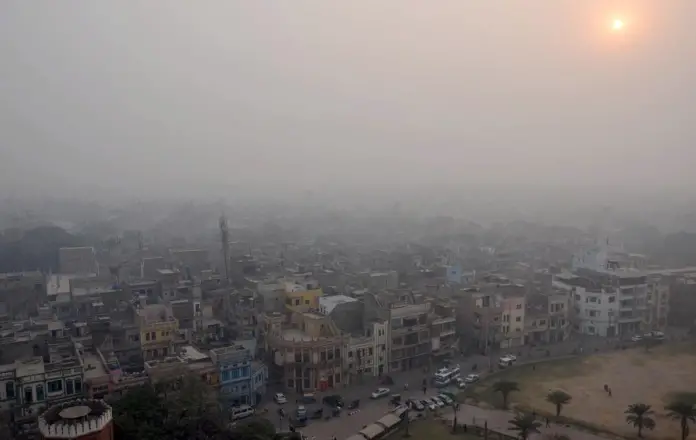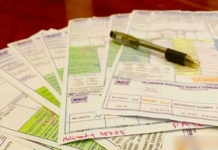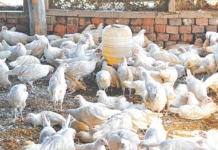Prime Minister Imran Khan expressed his concerns after a meeting on smog and environmental pollution in Lahore in November 2019 and said, “Unfortunately, people don’t perceive climate change and air pollution as an imminent threat, which is a silent killer and is affecting the entire country”.
The announcement showed the prime minister’s grave concern for the conservation of the environment. But, unfortunately, Punjab Environmental Protection Agency (EPA) seems to be a big hurdle between the premier’s dreams of a country without air pollution, as it continues to fail in measuring air quality in the province. Pakistan’s air quality has exceeded the permissible limits set by World Health Organization and its own National Environmental Quality Standards (NEQS).
Smog, which was first appeared in 2016, has now become the “fifth season” in different parts of the country. According to experts, the presence of extreme levels of different air pollutants in ambient air has created a dense mixture of fog and smoke – creating ‘smog’. Various national and international agencies have expressed their concerns and alarm over the deteriorating air quality in Lahore and other parts of Punjab, but nobody in the country knows what concentration of pollutants this smog has.
According to environmental lawyer Ahmad Rafay Alam, “Every citizen has the right to know about the quality of air which is being inhaled. EPA is responsible for arranging the scientific equipment to provide true, accurate, and scientific data about inhaled air across the entire expanse of the province.” Section 6(i) of Punjab Environment Protection Act-1997 binds EPA Punjab to establish monitoring of the environment. The reliable monitoring of air is only possible if Air Monitoring Stations are built according to the principle of population statistics.
Interestingly, despite the concerns of different quarters, Punjab EPA fails to measure the air quality. Sources informed Minute Mirror that EPA does not have accurate data on air quality since 2011. To measure the ambient air quality, Punjab EPA, in 2007, received three air quality monitoring stations from Japan’s International Cooperation Agency (JICA) as donations under its project “Establishment of Environmental Monitoring System”.
These stations were made by a prestigious company, Horriba, and out of these, two were installed in Township and Townhall while the third one was installed in a van, called mobile station. These three stations produced up to the mark data till 2011 and later they started producing incorrect data due to lack of maintenance or proper look after. In 2014, about eight million rupees were spent on repairing this equipment while in 2015 an amount of 3.5 million was spent but the system could not be made functional.
Speaking on the condition of anonymity, an official said, “It was a deliberate intention to put JICA’s equipment declared as misfit to pave the way for the procurement of new stations”. In pursuance of the plan, EPA procured six air quality monitoring stations worth over Rs 100 million, named ‘Airpointers’ in 2016. EPA could not install these Airpointers for months and only after criticism and pressure of civil society, they were installed in different areas.
Initially, out of these five stations, two were installed in Lahore; one at Met Office and the other near Wagha Border while one each in Gujranwala, Faisalabad, and Multan. Reportedly, data produced by these Airpointers was not reliable but EPA kept on disseminating it among the public. The official also revealed that five of the Airpointers had Grimm analyzers to measure PM 2.5 and PM10 while these analyzers were just certified to measure PM10. Other three Airpointers were equipped with the Beta Attenuation Monitor (BAM) analyzer which EPA already had available with it, provided by JICA and were certified for both parameters PM2.5 and PM10.
In 2018, after the court pressure, EPA managed to install all the six air pointers and three of JICA’s AQMS in Lahore other cities. However, accurate data could be measured by only three AQMS regarding PM2.5 while equipment with Grimm analyzers failed to measure accurate state of air quality.
While showing his concern, WWF-Pakistan Director General Hammad Naqi Khan said that without proper data regarding air quality no policy can be formed to combat smog. Talking to Minute Mirror, he said that EPA had no guidelines and notification about the frequency of monitoring of gaseous emissions from industrial units spread across over entire geographical expanse of the province. “There are thousands of units in the province where EPA Labs never make sure the emission levels,” Hammad maintained.







